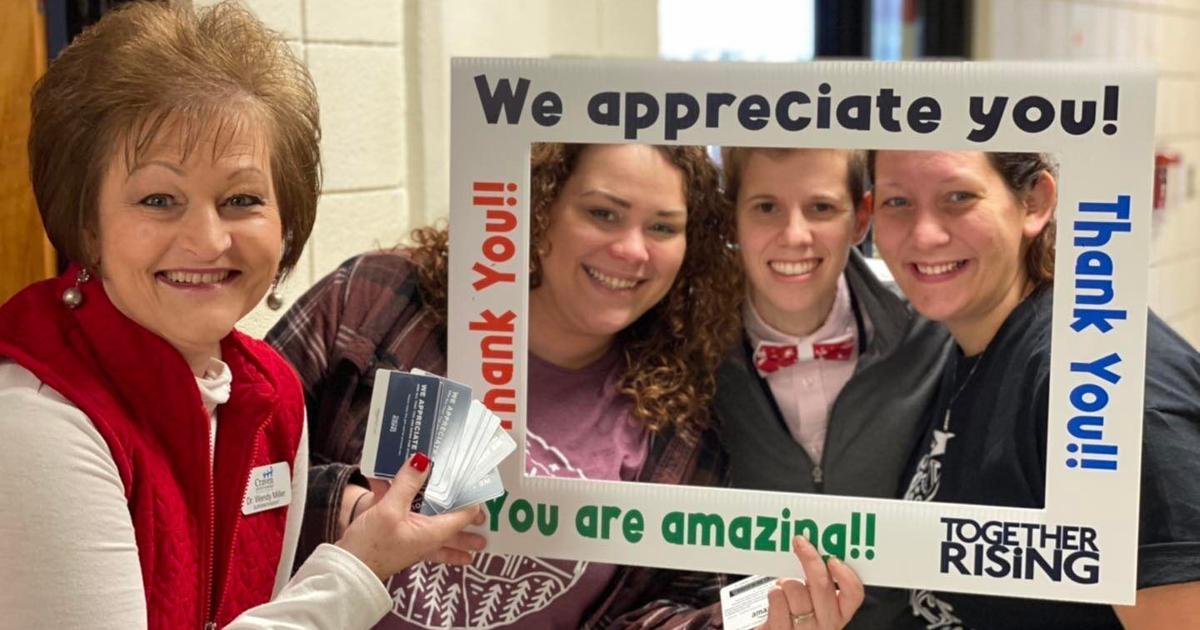As Craven County Schools begins their budget process for the upcoming fiscal year, they may have to make some tough decisions, as this is the last year Elementary and Secondary School Emergency Relief (ESSER) Funding will be allocated to schools.
CCS received a total of $56,275,787 in ESSER Funding since March of 2020, according to the CCS website. CCS Public Information Officer Jennifer Wagner said all funds must be spent by Sept. 30.
The ESSER Fund was established in March of 2020 as part of the Educational Stabilization Fund in the Coronavirus Aid Relief, and Economic Security (CARES) Act. State educational agencies (SEAs) awarded sub grants to local educational agencies (LEAs) to address the impacts of COVID on elementary and secondary schools nationwide, according to the CCS website.
In December of 2020, ESSER II Funds were allocated when the Coronavirus Response and Relief Supplemental Appropriations (CRRSA) Act was signed into law, according to the CCS website. Finally, in March of 2021, ESSER III Funds were allocated when the American Rescue Plan (ARP) Act was signed into law.
CCS Superintendent, Dr. Wendy Miller, said the Superintendent’s Cabinet and the Board of Education will be looking at the success of implementation of different projects and programs that these funds were used for.
“This is our last year of ESSER funding, so we’re in the process of making tough decisions because we’ve been able to do a lot of interesting things,” Miller said.
Miller explained CCS tried to utilize these funds for one-time projects like HVAC unit updates and building improvements as opposed to hiring personnel and taking on long-term projects with ESSER Funds.
“Some of the things just lent themselves to being able to hire personnel to do things that really were to help us recover from COVID,” Miller said. “So, we’re going to have to look at the success of implementation of those things and decide what we will continue, and if we can shave off in any areas.”
The presence of social workers in the school system is one initiative that came from Esser Funds, according to Miller.
Nationwide, student attendance was an issue as in-person classes were back in session. The school social workers help CCS enforce compulsory attendance laws with home visits to determine what obstacles could be keeping students from school.
“That’s been very successful, but they were all paid with ESSER money, so that’s one of the challenges that we’re confronting,” Miller said. “The county has social workers, but our need is so great following COVID that they can’t accommodate. They really deal with like issues of abuse and neglect, we’re trying to provide support for our families.”
Miller did add that this is one initiative the BOE seems passionate about continuing, so CCS is looking at all possible funding sources to help support social work positions.
Another initiative that followed COVID is the Craven Virtual Academy, a virtual school for grades 3-12. The BOE began discussions on how to potentially provide this virtual option for families at a lower cost during their work session on Feb. 13.
“We want to provide that option for our families, but having a building and having 11 staff members, there’s a lot of expense in that, so we’re looking at, can we still provide that service in a different way,” Miller said.
Miller said CCS is in the process of conducting a study on the efficiency or effectiveness of various programs the school system currently funds.
A study was sent out in the beginning of February to principals at all CCS schools to determine which programs directly impact teaching and learning in their school.
“We’re not thinking we’re going to cut funding, we’re just going to have to use our funding more creatively,” Miller said.
Of the millions of dollars in ESSER Funds allocated to CCS, those dollars could only be used to fund certain projects or programs.
CCS is only allowed to use ESSER Funding for the following categories: addressing learning loss (including summer programs), facilities repairs or improvements to minimize virus transmission, improve air quality, coordination of preparedness and response to COVID, addressing unique needs of special populations, improving preparedness and response to COVID, supplies to sanitize and clean, long-term closure activities, educational technology and summer learning.
“I’m really proud of our recovery in Craven County, we are recovering faster than the state average, and we are actually exceeding our pre-COVID, particularly in reading,” Miller said. “So, I’m very happy with some of our results and look forward to the next years of us moving up even more places in our state ranking.”
Reporter Caramia Valentin can be reached at cvalentin@newbernsj.com.







